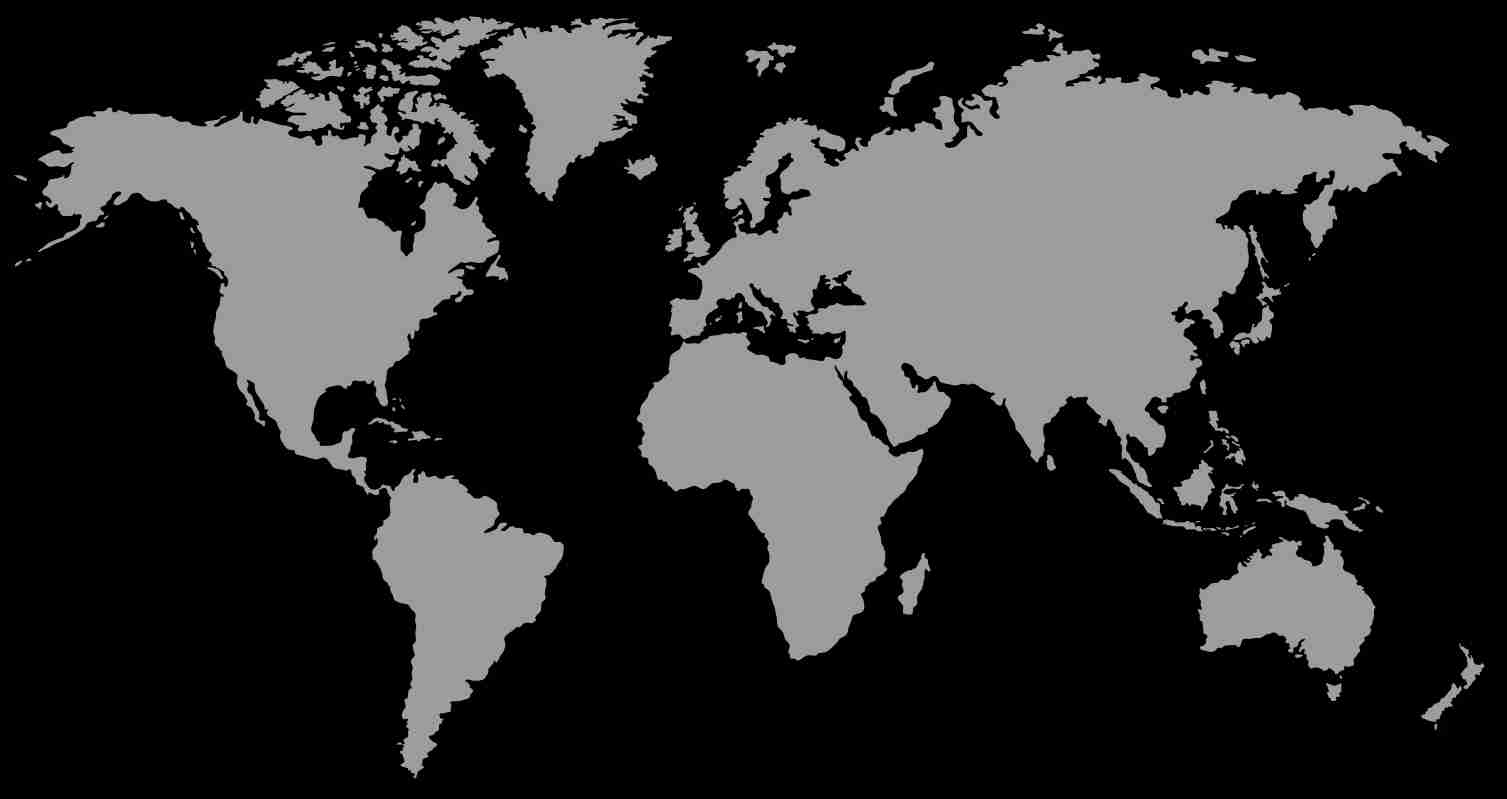
Beyond the Tigers Nest – A Trekking Adventure
BlogWe chose Bhutan to experience its unique culture, mountain landscape and its way of life. But we wanted to see as much as possible on foot and travel as little by road. It took some time working with the very helpful Kate at Rickshaw Travel to design an itinerary that best suited us; a lower level trek across hills, fields, villages and forests, followed by a higher trek along the mountain ridges.
The six of us – Ian, Jane, Tim, Laura, Vicky and Paul – arrived in Paro, greeted by sunshine in late October. For the first two days, we visited the usual tourist sites. We walked to the spectacular Tigers Nest, crossed the Dochula mountain pass (3,150m), with cloudy views and visited Punakha Dzong. After an overnight stay, with wonderful views of the Punakha valley, we set off across the longest pedestrian suspension bridge in Bhutan on the Samtengang Trek.


The trek takes four days and reaches just over 3,000m. It was beautiful, as we wound our way through villages of attractive brightly coloured houses and along paddy fields. It was harvest time and we saw workers in the fields harvesting. Often, the route was obscure with no other walkers on the trek. We soon reached the forest edge and stopped for our usual lunch of rice and mainly vegetable dishes, prepared that morning. Anything left, was given to the expectant ‘stray dogs’ that accompanied us wherever we trekked. Later, we emerged at a spectacular viewpoint looking down on Punakha Dzong, where we had started. Soon, we reached a village, welcomed by the locals. Not for the last time our camping site had been moved; from the centre of the village to the field of a farm on its edge. Everything was set up, as our driver and other team members had brought the gear by van. As the sun went down we felt the evening chill. This was only 2,000m. What was it going to be like higher up?
The next day we climbed through a thicker forest, past a waterfall, to the top at just over 3,000m. Then it was downhill all the way for 1,600m, through the forest, past village houses and fields, with lovely views across the valley. Again, we had to move onto a new camping site, this time on the post-harvest rice field owned by a relative of our driver. On the third day, we climbed again stopping at a small village to visit a monastery on the way. As we looked back, the colours were wonderful, especially the gold and brown contrasts of the cut and uncut fields. That evening we were treated to a stay inside the traditional village house of the mother of our cook – a fascinating experience. In the afternoon, we took part in a game of archery. Then the locals showed us how to do it, firing arrows at long distance targets while villagers carried on with their work nearby. After the meal, we joined in singing and dancing with our team around a campfire. In the morning, it was a shorter walk down the hill to be met by our driver.


We returned to the hotel above Punakha for one night. Again, we crossed the Dochula pass, this time in the sunshine and wonderful mountain views. We spent one night in the capital Thimphu, visiting the Dzong and temples. In the morning, we set off on our second trek. The Druk Trek is the most popular trek in Bhutan but only has only 1,200 walkers a year (compare with 500+ a day on the Inca Trail). We did it the ‘wrong way’ from Thimphu to Paro, which is just as good as the ‘right way’, and only saw one large group and five couples in six days. This time, our luggage was taken by ponies. We met with our team and 20 ponies just outside Thimphu. The first day involved a long climb up to over 3,000m staying close to a monastery, undergoing rebuilding. It was now into November. The days were clearer than the first week when the Druk Trek had been daily shrouded in cloud. But the nights were cooling rapidly. After dark, we wrapped up in our blankets, clutching our hot water bottles.
The next morning we climbed up to the ridge at about 4,000m, looking back to the highest mountain in Bhutan. For the next four days, we were to stay close to that level. The landscape was a mix of greens of rhododendron bushes, that must be wonderful in the spring, and browns, with distant vistas of the higher mountains. Jumolhari (7,300m) the spectacular second highest mountain in Bhutan, seemed to draw us from a distance, as we moved along the ridge. At one point, we passed a tricky bit, a narrow path where there was still snow from the week before. Later our guide admitted that he had worried whether the ponies would get through. If not, we would have turned back. We camped close to a lake that night and our team caught fish for the following day’s meal. That evening our guide treated us to a cooking lesson; rice and chillies and cheese Bhutanese style. The next morning was the coldest, having breakfast surrounded by a heavy frost. The sun did not reach us until after we started up the ridge that was the highlight of the route. Being closer to the higher mountains, we followed along this spectacular ridge, with fluttering prayer flags and a brief glimpse of eagles. Eventually, we descended for our final night above Paro.


The treks provided a dramatic contrast. Both were largely unspoilt, particularly the first, where we experienced village life first hand. Our guide, Kinley, had openly shared his knowledge of Bhutan life, culture and history. As we flew back to Kathmandu, with the sun shining over Everest, we reflected on sharing a wonderful adventure in Bhutan.

